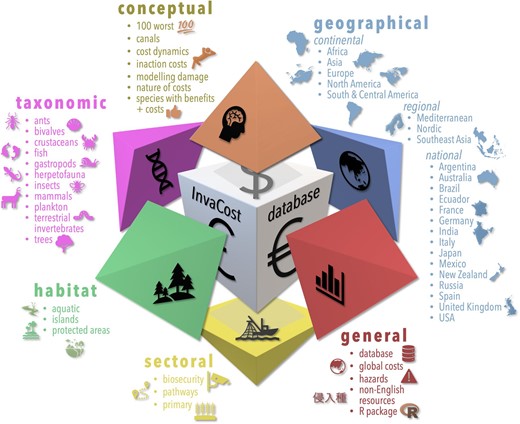Economic Costs of Biological Invasions

Globalisation of trade and transport networks have made the world more interconnected than ever before. Despite huge environmental impacts — including extinction — management actions and awareness levels towards biological invasions remain low on policy agendas.
Placing a monetary value on this global change is a salient metric to communicate effectively with decision makers and citizens. Research at Queen's University Marine Lab is involved in an international, interdisciplinary collaboration with over 100 natural and social scientists that is aiming to quantify the economic impacts of biological invasions globally. We have developed a new database and statistical analysis tools to synthesise the economic costs of biological invasions for the first time — InvaCost.
My QUB Pure profile
These costs are high and rising, exceeding £1 trillion in recent decades to activity sectors such as agriculture, from pathways such as shipping. The vast majority of costs have been from damages or losses to resources, whereas management and especially proactive investments are lacking.
We are unravelling cost distributions across geographic, taxonomic, environmental, sectoral and temporal contexts, and moving towards future predictions while filling knowledge gaps. Wider communications are promoting uptake of these results by policy makers and managers.
Recent advances in availability and synthesis of the economic costs of biological invasions